Fisheries-Induced Selection & Evolution
There is increasing that intense commercial fishing pressure can not only reduce fish stocks but also cause evolutionary changes to fish populations. However, the mechanisms which underlie these changes remain largely unknown. This research theme investigates the role of animal physiology in fisheries induced evolution. Within a given species, variation in physiological traits among individuals – and especially those related to energy balance (e.g. metabolic rate) and swimming performance (e.g. aerobic scope) – could make some fish more vulnerable to capture or more likely to suffer mortality after discard.
Our work to date has shown that, depending on the exact type of fishing gears being used, different traits may be under selection by fishing. One common trend is that fish social behaviours seem to influence capture likelihood via a number of mechanisms. For passive gears such as traps, for example, social cohesion causes individuals to follow each other into traps and be retained. For active gears such as trawls, social interactions allow some fish to follow others toward escape routes. Notably, environmental factors such as temperature and hypoxia can modulate the strength of selection on physiological and behavioural traits by fishing gears. Perhaps most surprisingly, population density alters the heretability of traits under selection by fishing and can even alter the underlying genes that are targeted.
Our most recent work in this area is examining whether wild fishing practices in the ornamental fish trade may select for specific phenotypes. This work is being carried out with wild fisheries in the Brazilian Amazon basin, in collaboration with Dr Daiani Kochhann.
Sample Papers:
Pineda, M, Kochhann, D, Melo, JLG, Lindström, J, Elmer, KR, Val, AL, Killen, SS. In Press. Species-specific behaviour and environmental drivers of trap interactions in wild ornamental fishes. Journal of Fish Biology. 00:00-00.
Koeck, B, Olsen, EM, Závorka, L, Crespel, A, Moland, E, Freitas, C, Enberg, K, Jessen, H, Sodeland, M, Marte, H, Killen, SS. 2024. Conservation benefits of marine reserves depend on knowledge integration of genotypic and phenotypic diversity. Biological Conservation. 299: 110831. PDF
Ojelade, O, Storm, Z, Fu, C, Cortese, D, Munson, A, Boulamail, S, Pineda, M, Kochhann, D, Killen, SS. 2024. Capture and discard practices associated with an ornamental fishery affect the metabolic rate and aerobic capacity of three-striped dwarf cichlids Apistogramma trifasciata. Conservation Physiology. 12: 10.1093/conphys/coad105. PDF
Crespel, A, Lindström, L, Elmer, KR, Killen, SS. 2024. Evolutionary relationships between metabolism and behaviour require genetic correlations. Philosophical Transactions of the Royal Society A. 379: 20220481. PDF
Thambithurai, D, Lanthier, I, Contant, E, Killen, SS, Binning, SA. 2022. Fish vulnerability to capture by trapping is modulated by individual parasite density. Proceedings of the Royal Society. 289: 20221956 PDF
Thambithurai, D., Rácz, A., Lindström, J., Parsons, K. J., Killen, S.S. 2022. Simulated trapping and trawling exert similar selection on fish morphology. Ecology and Evolution. 12: e8596. PDF
Crespel, A., Schneider, K., Miller, T., Rácz, A., Jacobs, A, Lindström, J., Elmer, K.R., Killen, S.S. 2021. Genomic basis of fishing-associated selection varies with population density. Proceedings of the National Academy of Sciences. 18 (51) e2020833118 PDF
Crespel, A., Miller, T., Rácz, A., Lindström, J., Parsons, K.J., Killen, S.S. 2021. Density influences the heritability and genetic correlations of fish behavioural traits under trawling-associated selection. Evolutionary Applications. 14:2527–2540. PDF
Hollins, J., Koeck, B., Crespel, A., Bailey, D.M, Killen, S.S. 2021. Does thermal plasticity affect susceptibility to capture in fish? Insights from a simulated trap and trawl fishery. Canadian Journal of Fisheries and Aquatic Sciences. 78: 57–67 PDF
Thambithurai, D.T., Crespel, A., Norin, T., Rácz, A., Lindström, J., Parsons, K.J., Killen, S.S. 2020 Hypoxia alters vulnerability to capture and the potential for trait-based selection in a scaled-down trawl fishery. Conservation Physiology. 7: 1 coz082. PDF
Hollins, J., Thambithurai, D., Van Leeuwen, T.E., Allan, B., Koeck, B., Bailey, D., Killen, S.S. 2019. Shoal familiarity modulates effects of individual metabolism on vulnerability to capture by trawling. Conservation Physiology. 7: coz043 PDF
Thambithurai, D., Hollins, J., Van Leeuwen, T., Rácz, A., Lindström, J. Parsons, K., Killen, S.S. 2018. Shoal size as a key determinant for vulnerability to capture under a simulated fishery scenario. Ecology and Evolution. 8:6505–6514. DOI: 10.1002/ece3.4107. PDF
Hollins, J., Thambithurai, D., Koeck, B., Crespel, A., Bailey, D.M., Cooke, S.J., Lindström, J., Parsons, K.J., Killen, S.S. 2018. A physiological perspective on fisheries-induced evolution. Evolutionary Applications. 11: 561-576 PDF
Killen, S.S., Nati, J., Suski, C.D. 2015. Vulnerability of individual fish to capture by trawling is influenced by capacity for anaerobic metabolism. Proceedings of the Royal Society B. PDF



